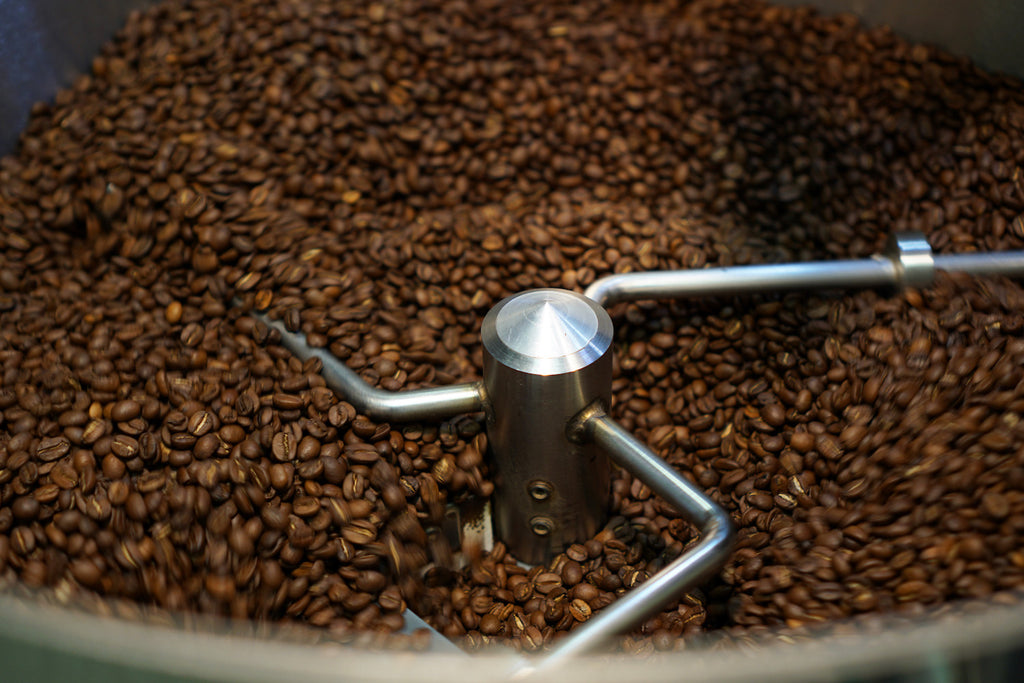About a Bean: Light or Dark?
Starting with an introduction to roast types of coffee in our previous blog post, we will check what is the deal with light or dark. Bear in mind that this isn’t science. It’s mostly recommendations and personal taste.
Things can get confusing when buying coffee beans for your home brewing, as roasters usually tag their beans according to the brewing device they should be used in. So, what exactly is the difference between an “espresso” roast and a “filter” roast?
One of the most important indicators of a pack of beans is the roast degree. It’s easy to distinguish light roasted coffee from a darker roast. But why roasters decide on one or the other (or anywhere in between) is a decision of the flavor they want to develop.
Lightly roasted coffee tends to be less developed during roasting thus showcasing the flavor of raw coffee. A lightly roasted bean will (usually) have a sparkling acidity in the cup while retaining the fruity and floral flavors. A profile that we most like in a nice gravity-driven filter coffee. While in a darker roast, more bitterness and roasted and toasted flavors will come to life, a character we usually connect to the badass machine-driven espresso.
The reason for the fruity notes of light roasts lies in an organic compound called 5-hydroxymethylfurfural. With additional roasting, this compound gets broken down into less fruity compounds, and at the same time, sulfuric compounds appear in a bean, along with caramelization, leaving a roasty, butty, or burnt flavor.
But … tradition aside, we have tried some kick-ass filter coffees that were roasted darker than we’re used to. And we sometimes find a lighter espresso roast that will knock us off our feet. Yes, roast styles are becoming more flexible lately and many roasters will roast an awesome set of beans that can be used in filter or espresso.
Keep in mind that the exploration of coffee is a never-ending journey. So don’t be afraid to step out of your comfort zone!







